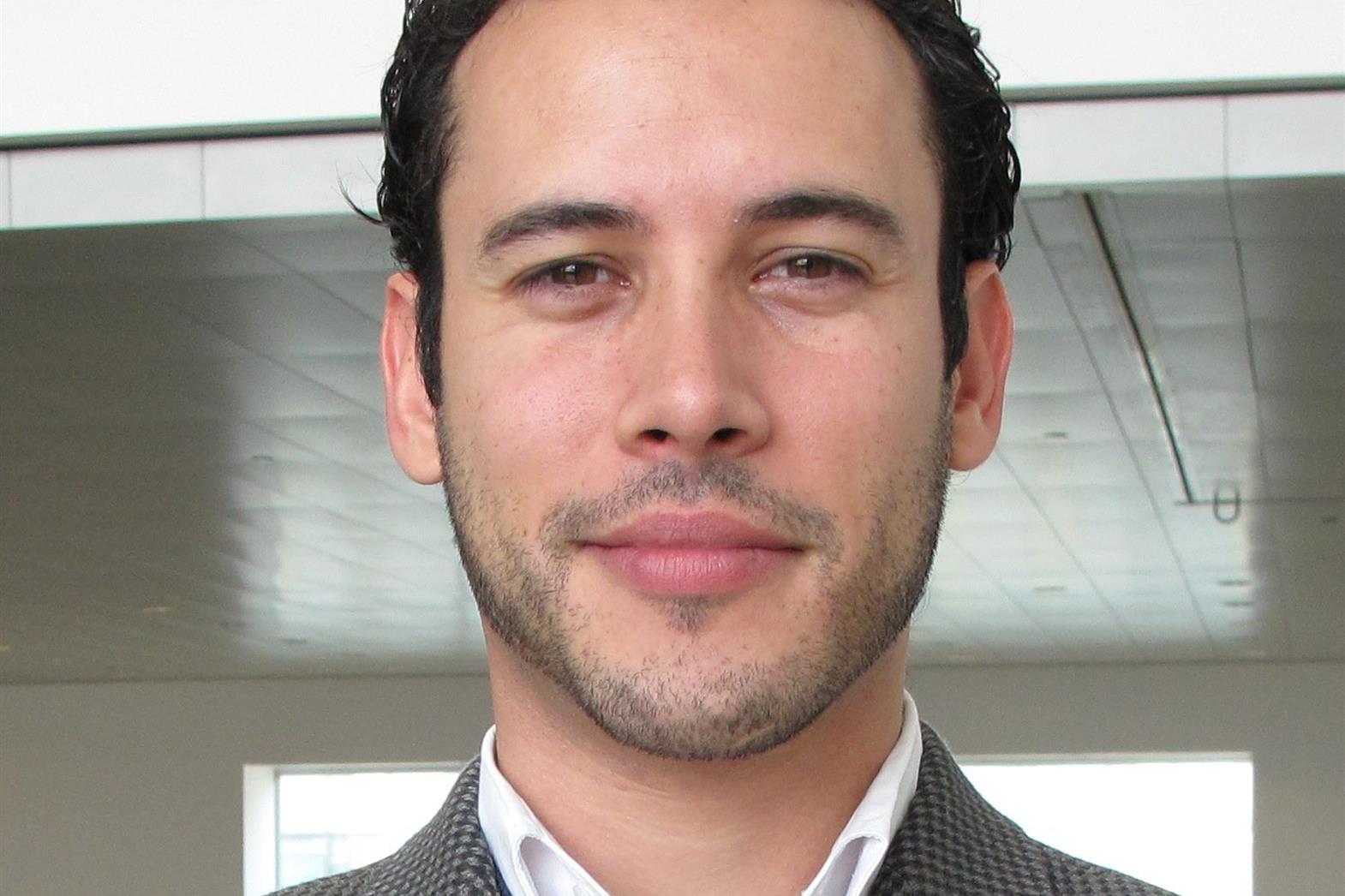Topic: Introduction to the Autism Spectrum Disorders Treatment and Care Research Snapshots and TEDx videos available on the AIDE site
Interview with Dr. Weiss:
Dr. Weiss: During the period that you held the Chair in Autism Spectrum Disorders Treatment and Care Research from 2013-2018, you and your team published about 120 Research Snapshot summaries of research articles and hosted a series of TEDx talks related to autism, specifically in regard to mental health. Tell us about the Research Snapshots.
The Snapshots are two-page summaries written in easy-to-understand language. There's a lot of science in the field, but it's hard to know what people are doing. You often have to pay to access articles, the articles can be very detailed and overly complex, and it can be hard to understand key take home messages.
They were created to provide a quick readable snapshot of some of the most important information available related to supporting individuals with autism and their families.
What are some of the topic areas?
There are over 100 snapshots that address a range of topics that are affiliated with mental health: Interventions and programs that support mental health, what mental health problems can look like in autism, family well being, school issues, service delivery and emergency services such as crisis, using police, visits to Emergency Departments; and understanding stressors and triggers for mental health problems, such as a result of bullying.
How did you identify topics to write about?
We took a broad approach, looking for topics associated with mental health. We had advisors including autistic individuals, family members, service providers, researchers and graduate students who nominated articles that were important for them.
How have parents, individuals, or providers used this information?
Service providers have told us that the Snapshots provided a very useful format for professional development such as at Lunch and Learn events. Staff would pick a topic, google information, and print off the snapshot as a starting point for group discussion. Individuals and families have used the information to advocate for their needs. For example, evidence for the use of Cognitive Behaviour Therapy to address anxiety could be given to a provider, to demonstrate its effectiveness for people with autism. Snapshots are also validating of personal experience and issues such as victimization, anxiety, or family stress in crisis.
You also hosted a series of talks on the TEDx York U Salon available on YouTube. What is the purpose of these talks?
In addition to the written snapshots, this is another creative way of providing a different, more entertaining format for engagement and learning. Using the well-known online platform of TED Talks, the information can reach a much broader community. Some of our TEDx talks have been viewed by over 1 million people! They generated a lot of excitement and enthusiasm for collaborating and sharing new ideas among participants and speakers. Whether they were an autistic adult, family member, provider, researcher or policy maker – everyone was given the same amount of time to present their innovative ideas.
What are some of the TEDx topic areas?
The first area of 8 to 10-minute talks covers topics related to the adult experience. This includes inspirational ideas from provincial, national or international perspectives about transitions, how families cope, and a vision for system change to support autistic individuals across the life course. The second area is 3-minute talks showcasing Canadian research, particularly from the Greater Toronto and Hamilton Areas, to show the breadth of amazing local research that exists.
How did you identify the topics and who would speak?
We wanted to make sure that the presenters represented the perspectives of autistic adults, family members, services providers, researchers and policy makers with different experiences related to autism. Through various networks we asked for recommendations of speakers, and then provided each person with support and mentorship to develop their talk.
How have parents, individuals, providers or the general community used this information?
The talks are intended to be inspirational, to engage people to think or act differently within their community. For example, the most viewed talk is about Autcraft, an autism friendly version of Minecraft. This speaker talked about his motivation to create a safe online space and the importance of inclusion. In addition to learning new the things, the talks inspire viewers to be creative, innovative, educational and entertaining.
What's next for you Dr. Weiss. Will you be producing more of the Snapshots or TEDx Talks?
The Snapshots and Talks demonstrated the value of innovative approaches to sharing information about research, treatment and best practices. At this time, there is no plan to continue to create new material, however I will be continuing to work on improving knowledge and skills related to mental health supports related to autism. We are also now focused on collaborating with others to share information about research, treatment and best practices. By sharing this material, we are lending our support to the AIDE pan-Canadian effort to expand access to evidence-based information.


